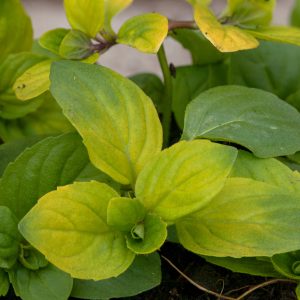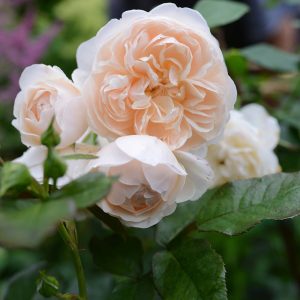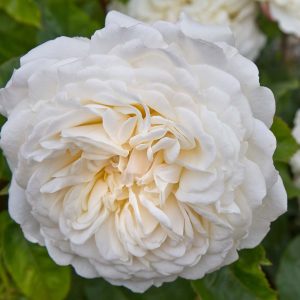Description
Rhododendron ‘Gibraltar’ is a stunning and eye-catching shrub that will instantly add a pop of fiery color to any garden. Its trusses of large, bright orange-red flowers with slightly curled petals bloom in mid to late spring, creating an impressive and showy display that is hard to miss. The dark green, glossy leaves provide a beautiful contrast to the vibrant blooms and remain evergreen throughout the year, adding interest and texture to the landscape even when not in bloom. This hybrid shrub has a dense, rounded habit that can grow up to 1.5 meters in height and spread, making it an excellent choice for creating a focal point or adding structure to a border. Its robust and easy-to-grow nature makes it suitable for a variety of garden situations, and it is particularly well-suited to acidic soils with a pH of 4.5 to 6.
Key Facts
- Common Name(s):Azalea ‘Gibraltar’
- Hardiness:Fully hardy
- How big will I get? Rhododendron ‘Gibraltar’ can grow to a height of 1.5m and a spread of 1.5m.
- Did You Know That:The name “rhododendron” comes from the Greek words “rhodon,” meaning “rose,” and “dendron,” meaning “tree”?
Plant Calendar
A rough guide to how this plant will change through the year.
| Jan | Feb | Mar | Apr | May | June | July | Aug | Sept | Oct | Nov | Dec | |
| Flowering Time |  |
 |
||||||||||
| Foliage Colour |  |
 |
 |
 |
 |
 |
 |
 |
 |
| J | F | M | A | M | J | J | A | S | O | N | D |
 |
 |
||||||||||
 |
 |
 |
 |
 |
 |
 |
 |
 |
Care Guide

Soil Requirements
Rhododendron ‘Gibraltar’ prefers moist but well-draining soil. This plant requires acidic soil to thrive and cannot grow in neutral or alkaline soil conditions.

Best Position
Rhododendron ‘Gibraltar’ prefers a sheltered position and likes the sun but not too much of it, so an area that is partially shaded is perfect.

Maintenance
Rhododendron ‘Gibraltar’ is fairly low maintenance and doesn’t require any pruning.

Pest, Diseases and Wildlife
Rhododendron ‘Gibraltar’ can have problems with aphids, vine weevil and scale insects, it can be vulnerable to certain diseases such as powdery mildews and bud blast. It is also known to attract bees and butterflies. It is considered to be toxic.





